Best Time for Waterproofing Applications
Waterproofing is a crucial process to protect structures from water intrusion, which can cause damage, mold growth, and structural deterioration. Proper timing ensures maximum effectiveness and longevity of waterproofing treatments.
Spring offers moderate temperatures and low humidity, ideal for waterproofing projects. It allows sufficient curing time before summer heat or winter cold.
Summer provides warm, dry conditions, suitable for waterproofing, especially in regions with less rain. Avoid high humidity and extreme heat for optimal results.
Fall's cooler temperatures and lower humidity levels help in effective waterproofing, preparing structures for winter.
Winter is generally not recommended due to freezing temperatures and high moisture levels, which can impair application and curing processes.
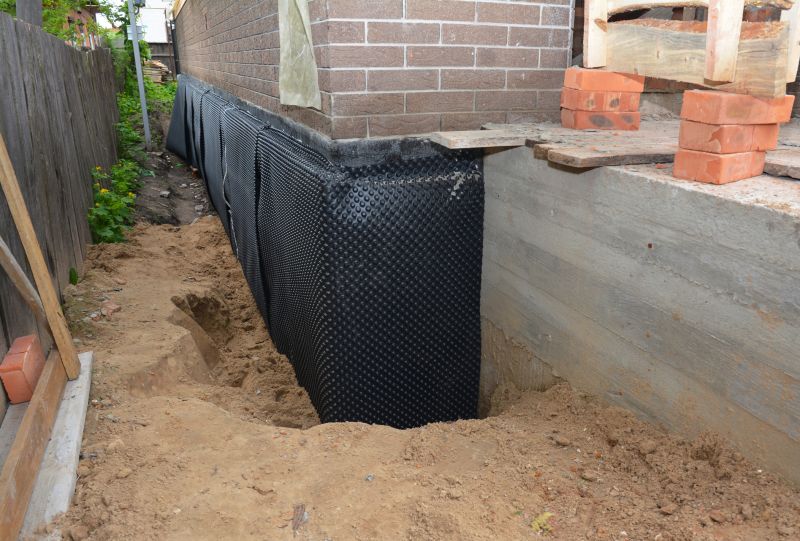
Spring offers optimal conditions for waterproofing projects with moderate temperatures and low humidity.

Warm and dry summer days are suitable for waterproofing, ensuring materials cure properly.

Fall's cooler weather helps structures withstand winter conditions after waterproofing.
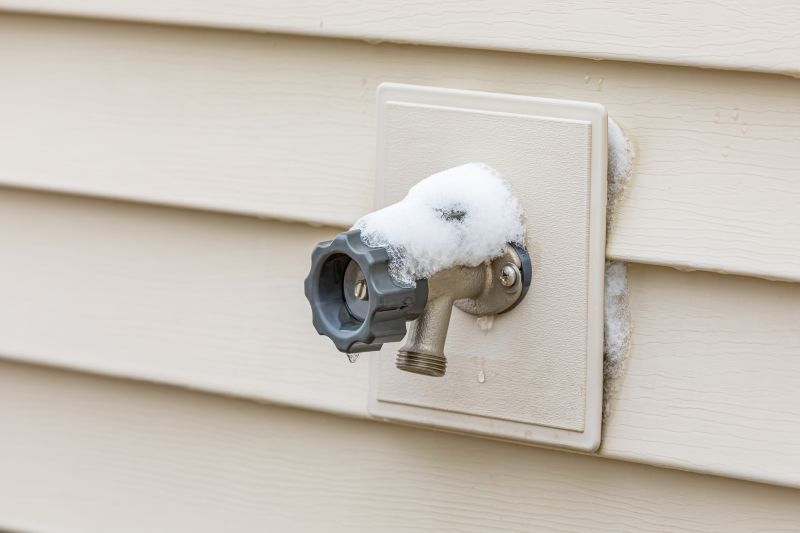
Cold temperatures and moisture make winter unsuitable for waterproofing applications.
| Season | Recommended Conditions |
|---|---|
| Spring | Temperatures 50-70°F, low humidity |
| Summer | Warm, dry days with temperatures 70-85°F |
| Fall | Cooler temperatures, low humidity |
| Winter | Freezing temperatures, high moisture |
Waterproofings involve applying specialized materials to prevent water penetration in foundations, roofs, basements, and other structures. Proper timing enhances durability, reduces repair costs, and ensures the protection of building integrity. The selection of the optimal season depends on local climate conditions, material specifications, and the specific area being protected.
Statistics indicate that waterproofing failures are most common when applications are performed during unsuitable weather conditions. Properly timed waterproofing can extend the lifespan of a structure by several decades, making it a valuable investment in building maintenance.
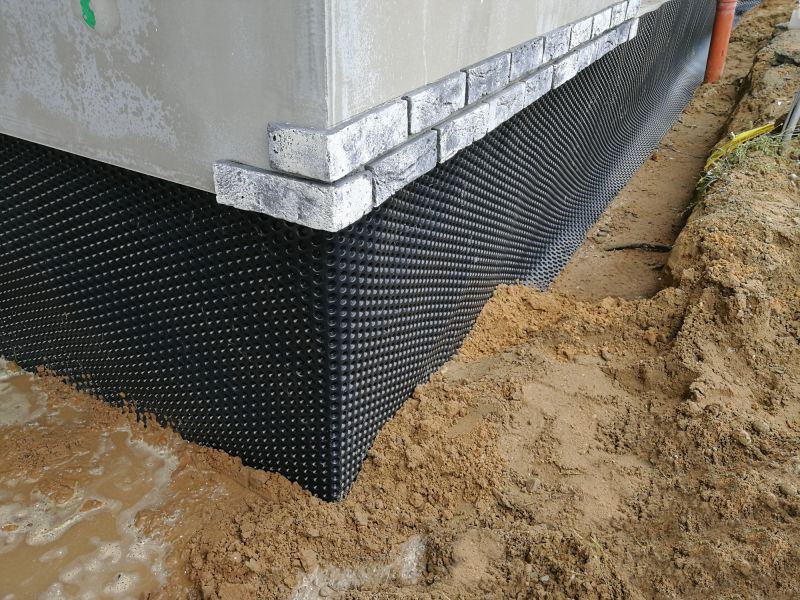
Various materials are used depending on season, including membranes, coatings, and sealants, each suited for different weather conditions.

Proper application techniques vary with weather; warm, dry conditions facilitate better adhesion and curing.
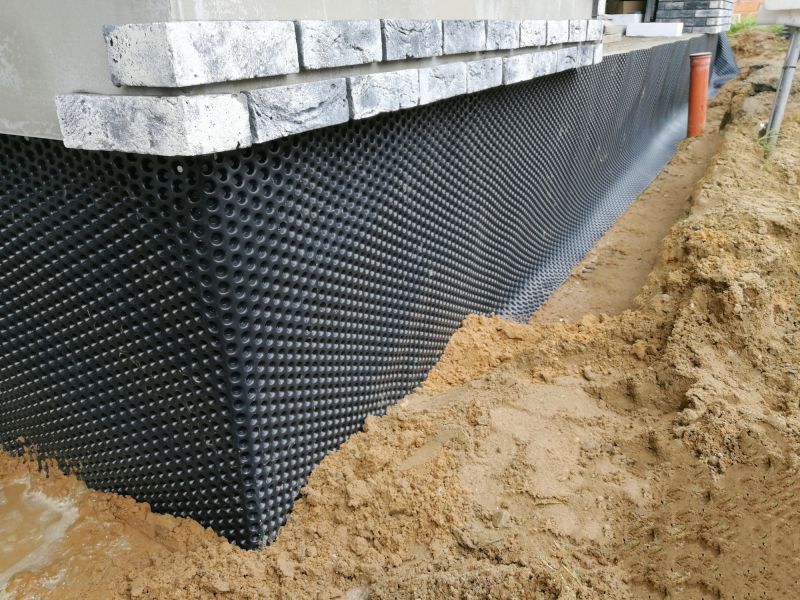
Effective waterproofing shields structures from water damage, reducing long-term repair costs.
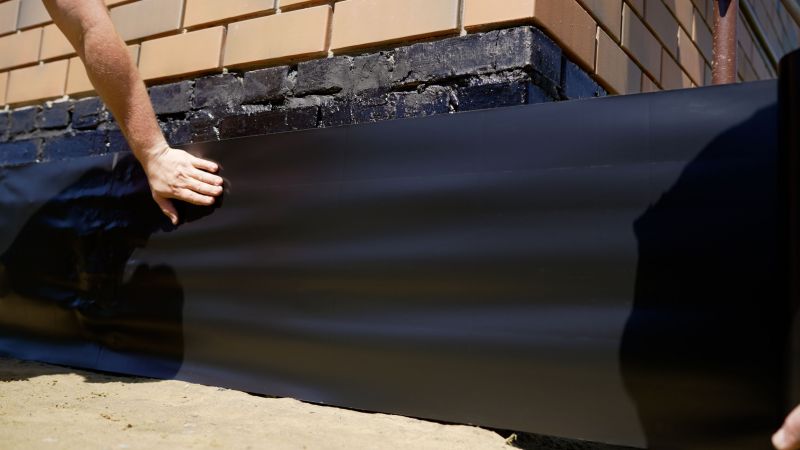
Regular inspection ensures waterproofing remains effective, especially after adverse weather conditions.
Interested in waterproofing services? Filling out the contact form can provide tailored advice on the best timing and methods for waterproofing projects in Richmond, KY.

